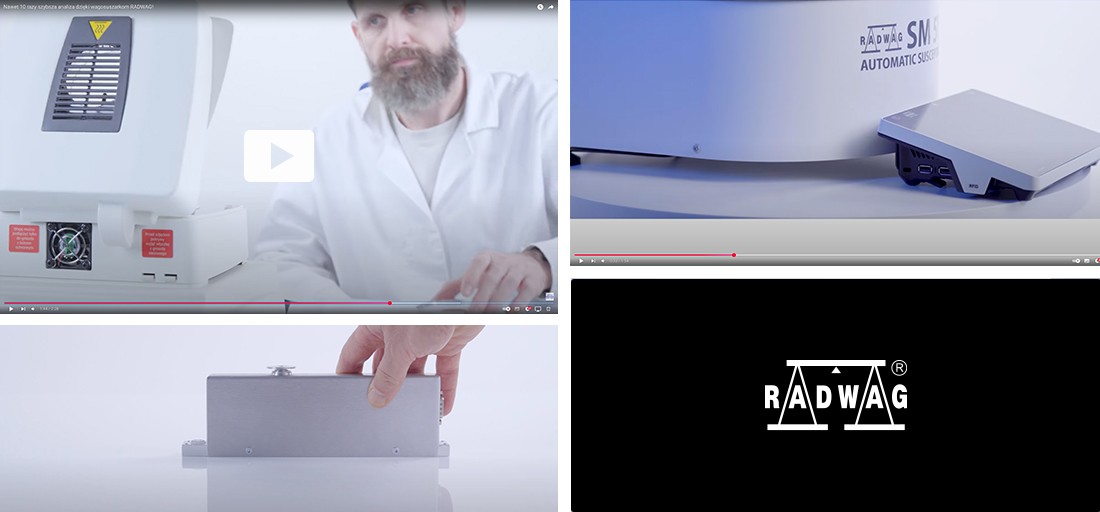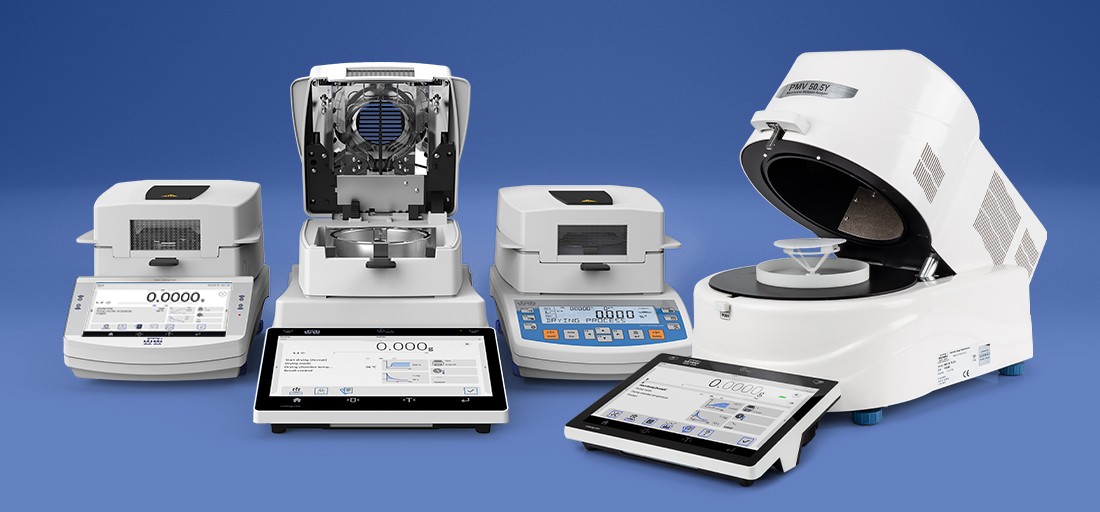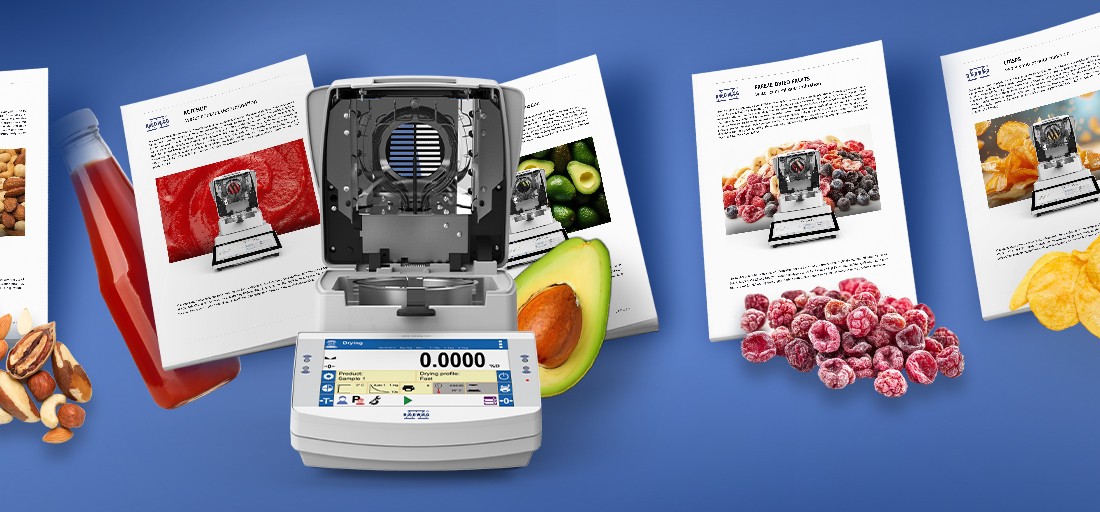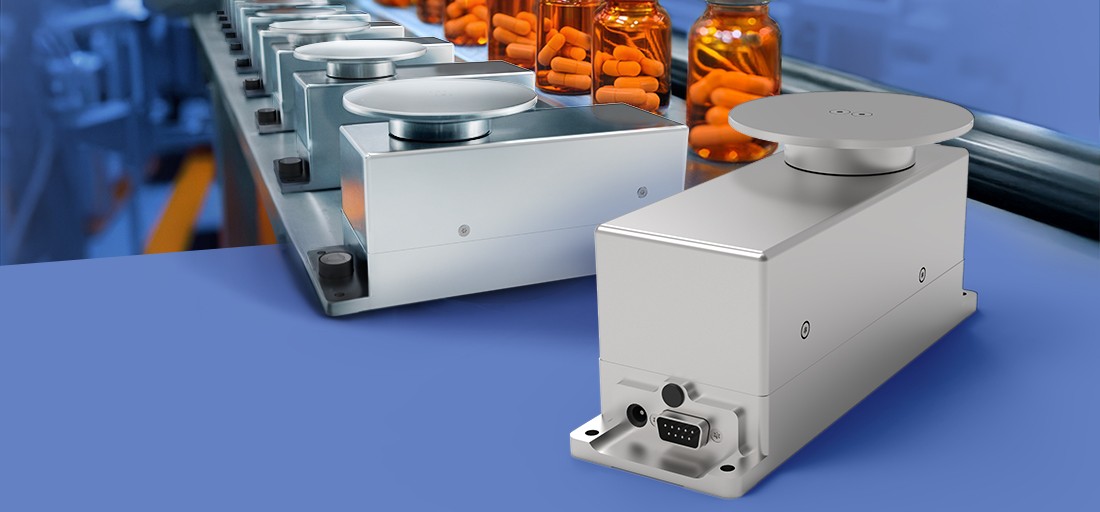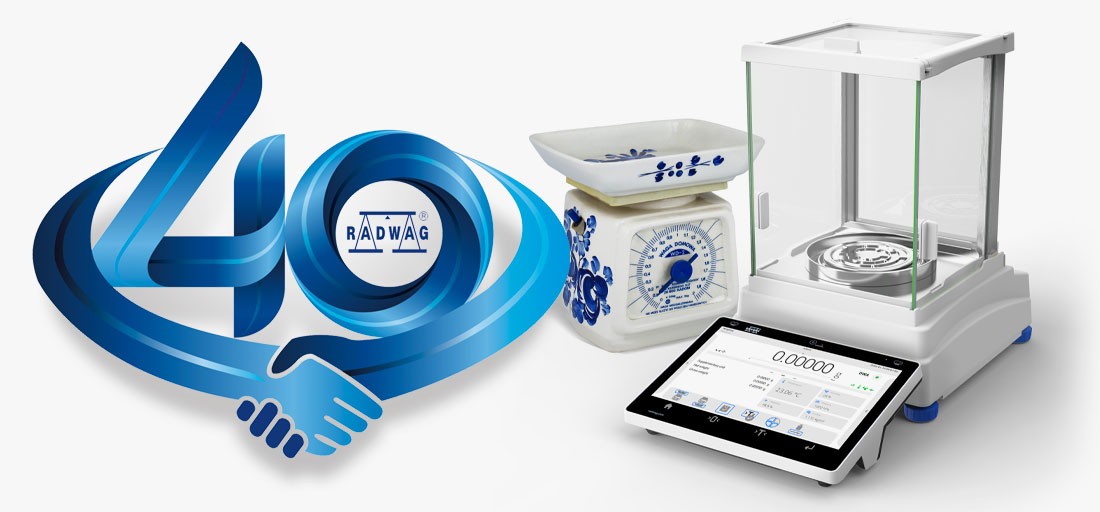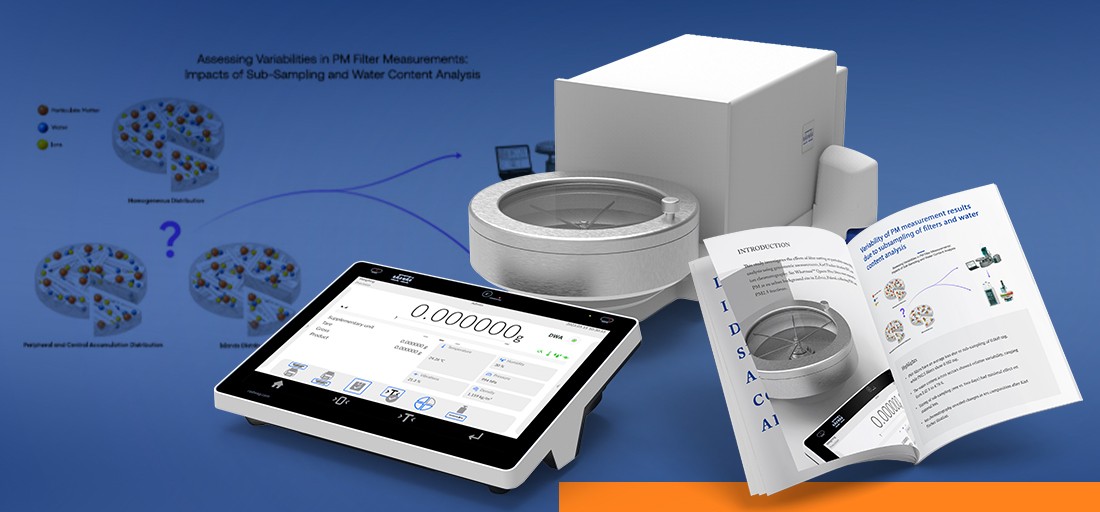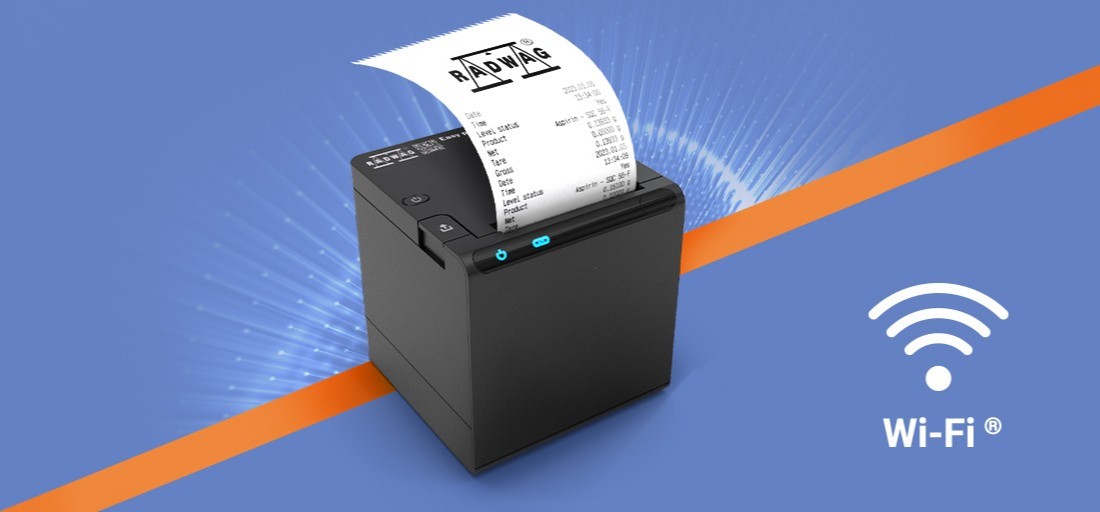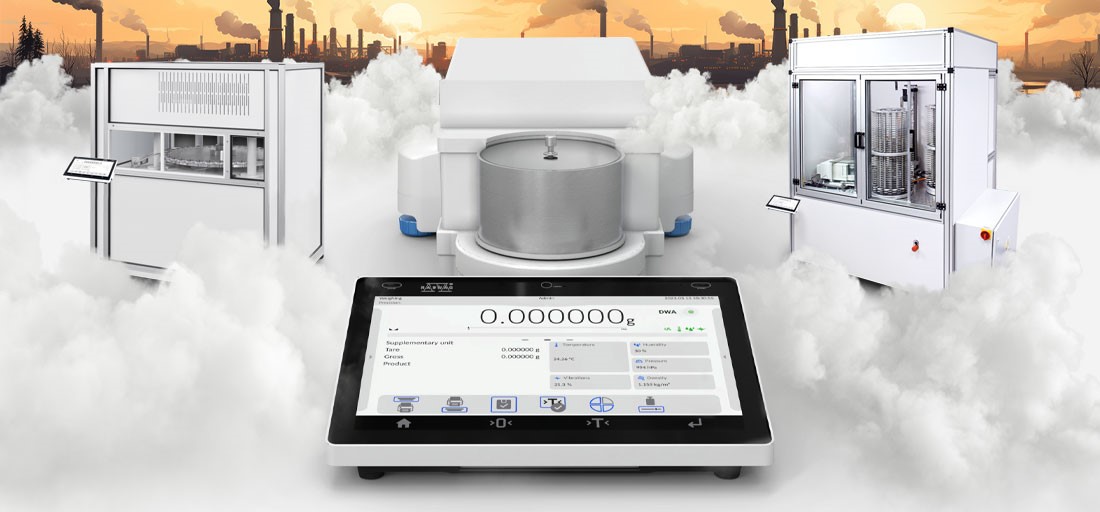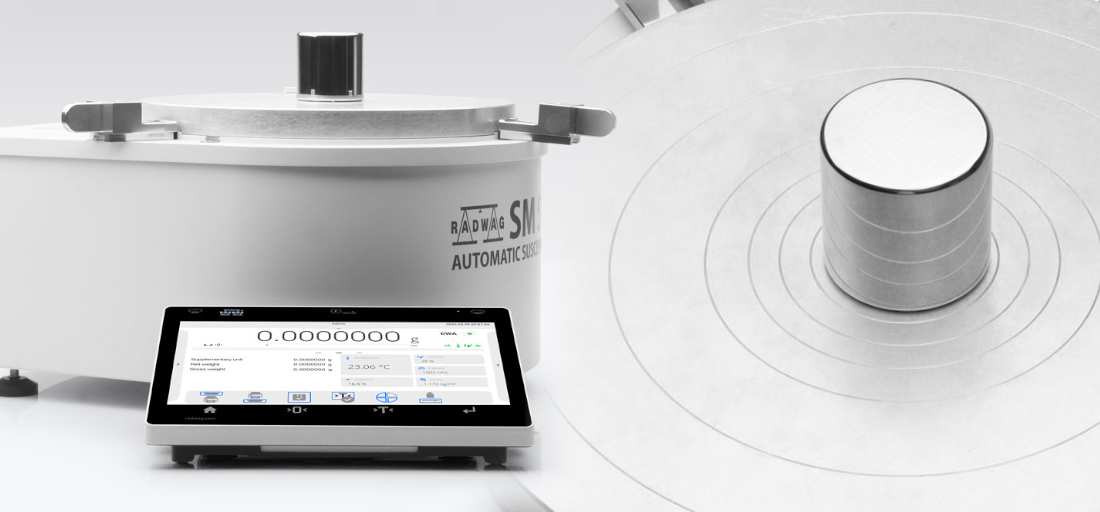Safety of Mass Measurement in Pharmaceutical Industry. Basic Metrological Tests (part IV)
.jpg)
Legal metrology concerns only minor balance application area, mainly trade, health care, environmental protection and administrative body operations (customs. fees, etc.). Legal metrology has introduced a notion of so-called verification scale interval (e), also referred to as a verification unit.
This was done for the purpose of classification and evaluation of weighing instruments. Its value is usually a multiplication of the reading unit (d) calculated in accordance with the below relation:
- e = d (balances of accuracy class III),
- e = 10 d (balances of accuracy class I and II),
- e = 100 d, 1000 d (balances of accuracy class I).
The verification scale interval notion is also used for assessment of balance accuracy, in eccentricity error or repeatability tests, etc. Prior to the balance evaluation in accordance with legal metrology rules it is necessary to set quantity of balance verification scale intervals and accuracy class. Detailed requirements are to be found in OIML R 76, EN 45501. Below you will find balance classification by accuracy class and maximum permissible errors concerning the applied load.
Table 7. Classification by verification scale interval quantity
| Accuracy class |
Verification scale interval, e |
Number of verification scale intervals, |
Minimum capacity, Min (lower limit) |
|
| minimum | maximum | |||
| Special (I) |
0.001 g ≤ e |
50 000 | – | 100 e |
| High (II) |
0.001 g ≤ e ≤ 0.05 g |
100 |
100 000 |
20 e 50 e |
| Medium (III) |
0.1 g ≤ e ≤ 2 g |
100 |
10 000 |
20 e 20 e |
| Ordinary (IIII) |
5 g ≤ e |
100 | 1 000 | 10 e |
Table 8. Balance errors conditioned by the verification scale interval quantity
| Maximum permissible errors | For loads, m, expressed in verification scale intervals, e | ||||||
| Class I | Class II | Class III | Class IIII | ||||
|
± 0,5 e |
0 ≤ m ≤ 50 000 |
0 ≤ m ≤ 5 000 |
0 ≤ m ≤ 500 |
0 ≤ m ≤ 50 |
|||
|
± 1,0 e |
50 000 < m ≤ 200 000 |
5 000 < m ≤ 20 000 |
500 < m ≤ 2 000 |
50 < m ≤ 200 |
|||
|
± 1,5 e |
200 000 < m |
20 000 < m ≤ 100 000 |
2 000 < m ≤ 10 000 |
200 < m ≤ 1 000 |
|||
Example of calculation for XA 220.4Y PLUS balance.
Characteristics:
- maximum capacity Max: 220 g
- verification unit (e): 1 mg
- verification unit quantity (n): n = Max/e = 220 g /0.001 g = 220 000
- accuracy class: I
Table 9. Maximum permissible errors for XA 220.4Y PLUS balance – legal metrology requirements
| Load range | Verification units (e) | Mass (g) |
Max balance error Conformity assessment |
Max balance error in use |
| 1 | 2 | 3 | 4 | |
|
0 e ≤ m ≤ 50 000 e |
0 g ≤ m ≤ 50 g |
0.5 e = 0.0005 g |
0.0010 |
|
|
50 000 < m ≤ 200 000 |
50 g < m ≤ 200 g |
1.0 e = 0.001 g |
0.0020 |
|
|
200 000 < m |
200 g < m |
1.5 e = 0.0015 g |
0.0030 |
Statement saying that the weighing instrument complies with the legal requirements means that its maximum permissible errors during tests were not greater than the MPE values provided in column 3 or 4 of table 9. Shall the smallest possible verification unit be 1 mg, and reading units and MPE values expressed in reading units take values as follows:
- d = 0.1 mg; MPE = 5 d
- d = 0.01 mg; MPE = 50 d
- d = 0.001 mg; MPE = 500 d (microbalance)
- d = 0.0001 mg; MPE = 5 000 d (ultra-microbalance)
then the statement that balance indication deviation is not greater than the MPE is rather unimportant information. With regard to the above, most users who must operate the weighing instruments in accordance with legal regulations, carry out also the calibration procedure. Therefore, it can be said that legal metrology requirements do not apply to weighing instruments of high resolution, nevertheless, the test methodology specified by legal metrology is employed.
Summary
Industry metrology operates on the basis of schemes and methods used in legal metrology. The major difference, in comparison to legal metrology, consists in defining the required measurement accuracy, next, in testing whether the given requirement is met. Here, two problems are encountered.
Problem one – determining how accurately the measurement is to be carried out, i.e., specifying the permissible maximum deviation from the real value. This parameter in some cases can be determined only through tests done using a mass standard. Eccentricity or repeatability tests may be performed using any object of mass constant over time. Problem two concerns test methodology, i.e., designing such test set which:
- is appropriate for the weighing range, namely includes only those tests that are indispensable. This issue is addressed by documents regarding Risk Analysis – the effort level, paperwork and QRM process documentation shall be adequate to the risk and based on the scientific knowledge,
- is fast and simple, balance test shall not disturb the work cycle,
- comprises key information, on the basis of which a decision regarding further balance use, adjustment or exclusion form operation can be made.
Metrological tests for balances complete the Quality Management process in each Laboratory and simultaneously they are a stage in the life cycle of the weighing instrument. It is crucial to remember that apart from a periodical metrological verification, highly significant are technical inspections which extend the balance life.

.jpg)



